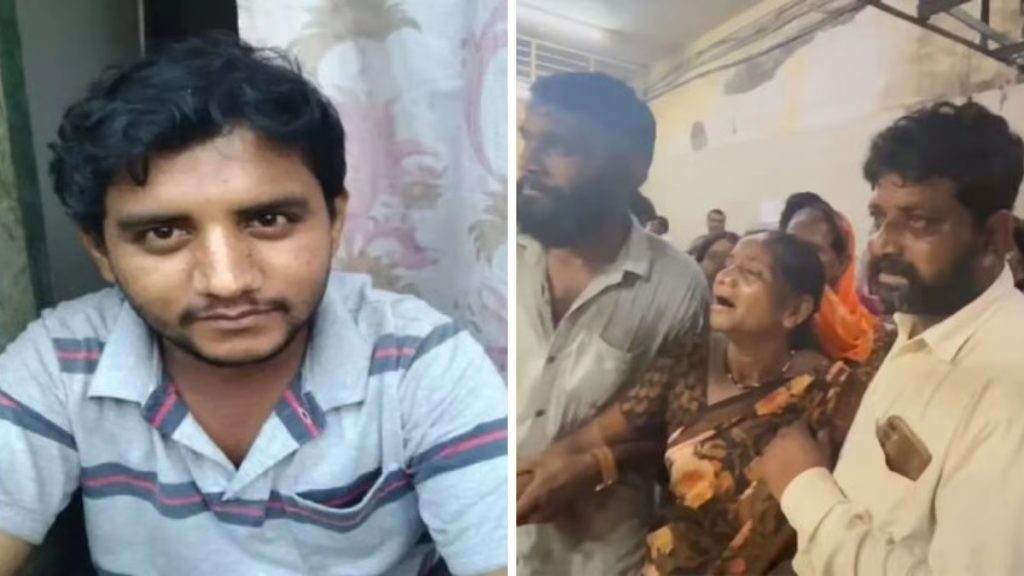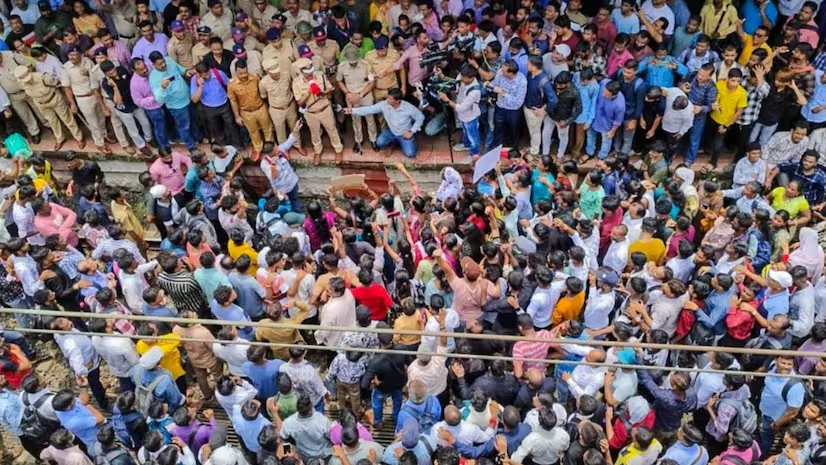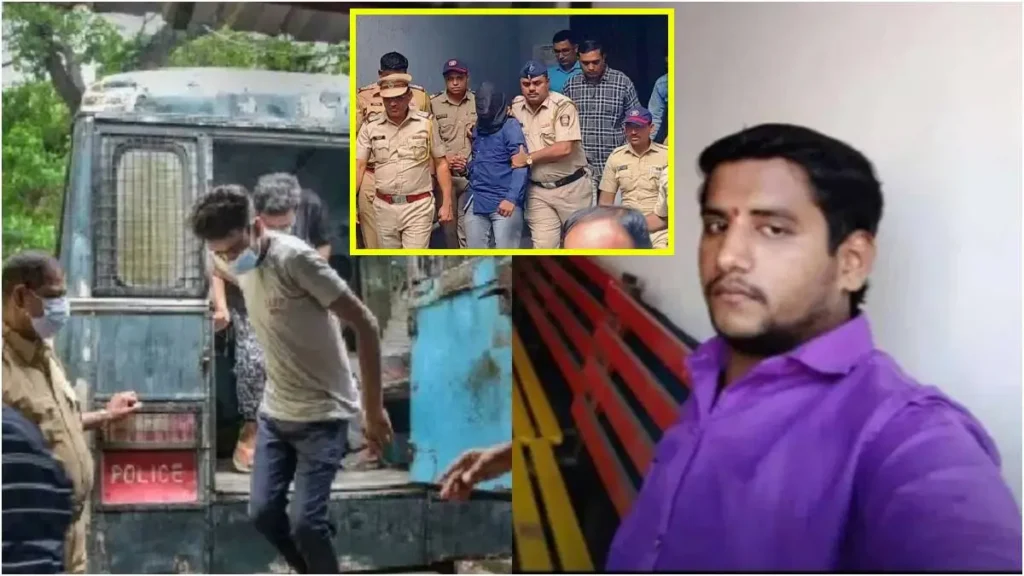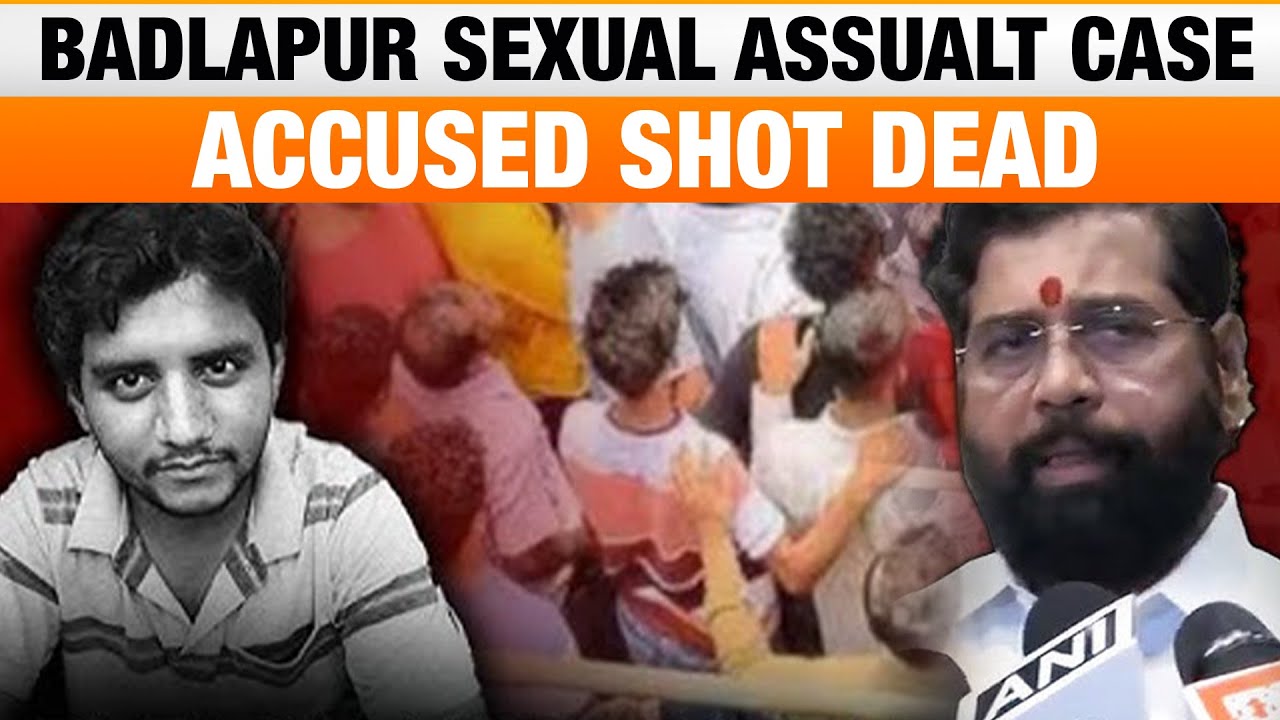The Badlapur rape case and subsequent police clashes sparked widespread public outrage and controversy, demanding immediate justice for the heinous crime committed against a woman in what turned out to be one of the most significant and historic criminal cases in Maharashtra. The narratives surrounding the conflict and its aftermath have confronted the country with issues of justice, law enforcement, and human rights.
Table of Contents
The Badlapur Rape Case: A Crime That Shook the Region
A minor girl was brutally raped by a gang of men in a gruesome incident in Badlapur, a town in Maharashtra’s Thane district. The incident took place in an isolated area near the Badlapur railway track, making it difficult for the victim to get immediate help. While on her way home late at night, the victim was forcibly abducted, attacked, and left for dead.

The news shocked locals and angered the nation. Protests and candlelight vigils were held, demanding swift action and justice for the victim. Women’s safety has become a matter of grave concern, especially given the increasing crimes against women in the country.
The Police Investigation: Tracking Down the Perpetrators
Following the incident, the Badlapur police launched an intensive manhunt to nab the culprits. With little evidence at the crime scene, police had to rely on technology, witnesses, and surveillance footage from nearby areas. During the investigation, several suspects were identified based on criminal records and prior activities in the area.
Read this also: PM Modi’s Successful US Visit Strengthens Global Partnerships, Boosts India’s Economic Ambitions
Police quickly narrowed their focus to a local crime syndicate with a history of violence and petty crime. Under increased pressure from civil society and political leaders, police conducted rapid investigations, formed special teams to hunt down suspects, and made several arrests. Interviews provided key information, which led to the identification of the main culprits.
The Encounter: Justice or Extra-Judicial Action?
After identifying the prime suspects in the rape case, the police swooped in to arrest them. According to official sources, the suspects were hiding in a remote area on the outskirts of Badlapur. When police tried to arrest them, the accused reportedly opened fire, leading to a gun battle. In the shootout that followed, police killed the main accused in what is commonly referred to as a police encounter.

The encounter immediately caught people’s attention and made a significant impression. While many celebrated the police action, seeing it as swift justice for a heinous crime, others expressed concerns about the legality and moral implications of such actions. The encounter sparked a debate about the effectiveness of the legal system and whether non-judicial measures were appropriate in violent crimes such as rape.
Public Reaction: Relief and Controversy
Public reaction to the encounter was divided. On the one hand, there was widespread relief and support from the victim’s family and community members who believed justice had been served. For many, the encounter symbolized the swift and decisive action needed to prevent such crimes in the future.
Read this also: History Created in Chess: India Secures Double Gold at 2024 Chess Olympiad
On the other hand, human rights activists, legal experts, and civil rights organizations voiced concerns about the encounter. They questioned whether due process had been followed and whether the police had resorted to extrajudicial killings, taking the law into their own hands. Critics argued that the accused should have been tried fairly in court and that the encounter set a dangerous precedent for law enforcement.
The Legal and Ethical Debate
The fallout from the Badlapur rape case opened a larger debate on how the justice system deals with heinous crimes like rape. The legal system in India often faces criticism for being slow and inefficient in dealing with such cases, leading to public frustration and demands for immediate action. Although the process of encounter killings is controversial, some see it as a fast track to justice when the evidence is compelling.

However, legal scholars caution against generalizing the issue, emphasizing that the rule of law must prevail in all circumstances. They argued that extrajudicial actions could bypass legal procedures and result in the wrongful execution of individuals who might otherwise have been proven innocent in court. Such actions could undermine public confidence in the justice system by allowing the police to act outside the law.
Conclusion: The Legacy of the Badlapur Case
The Badlapur rape case and encounter remain a significant reference point in discussions about women’s safety, justice, and law enforcement in India. While the encounter brought immediate closure for many, it also raised important questions about the role of the police in ensuring justice. The case serves as a reminder of the challenges in balancing justice, the rule of law, and public sentiment.
Read this also: Tirupati Laddoo Scandal Shocks Devotees: Animal Fat Allegations Spark Outrage Over Sacred Prasadam
Ultimately, the case asks the nation: How can we ensure that justice is done swiftly without violating the constitutional rights of the accused? And what role should law enforcement play in maintaining this delicate balance?









[…] Read this also: The Badlapur Rape Case and Encounter: A Deep Dive into Justice and Controversy […]